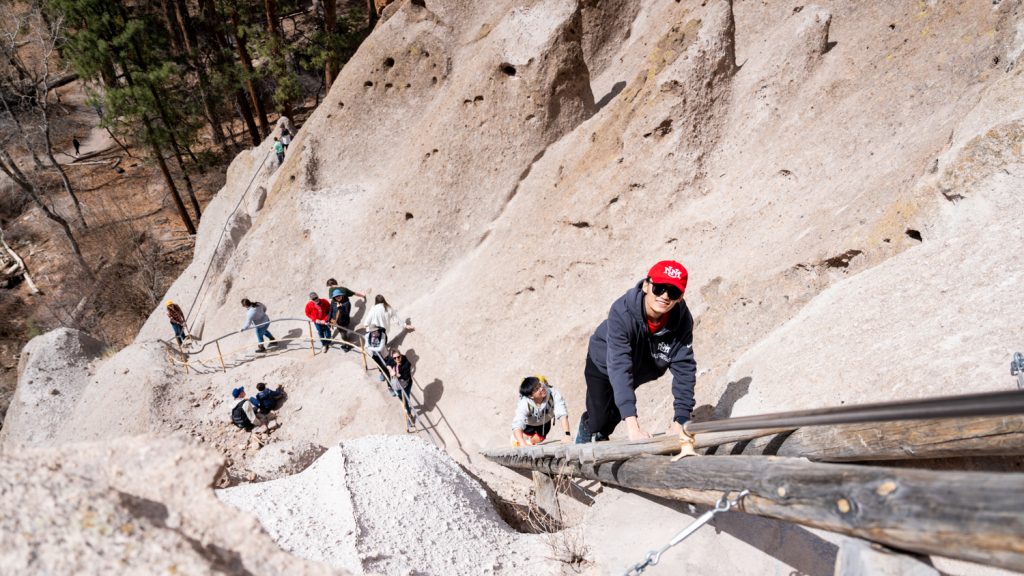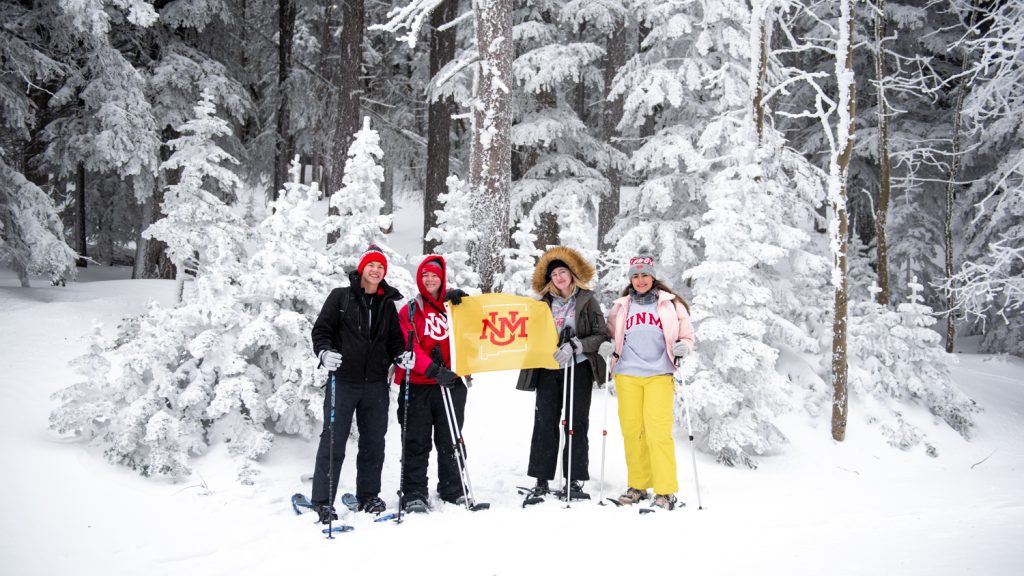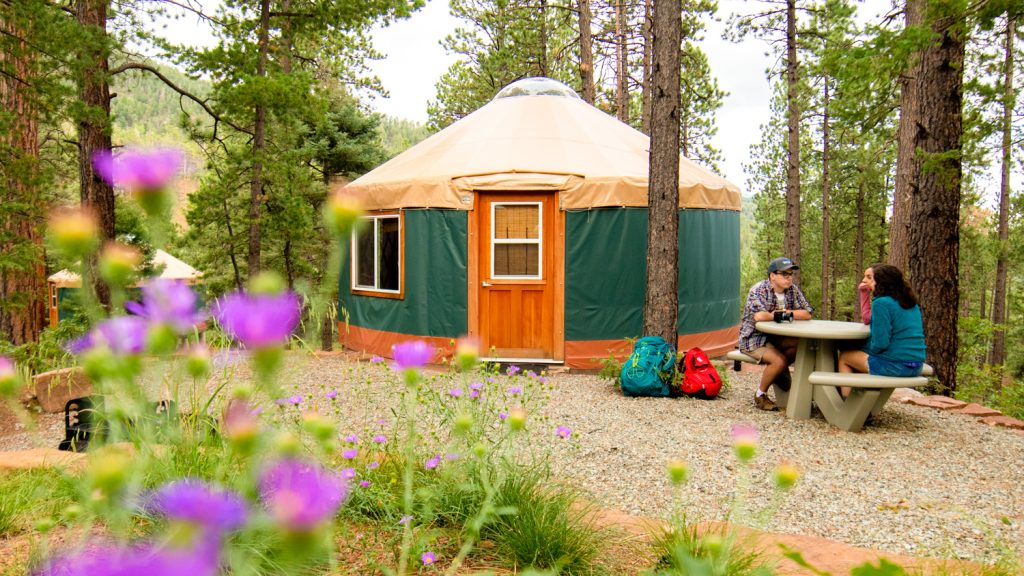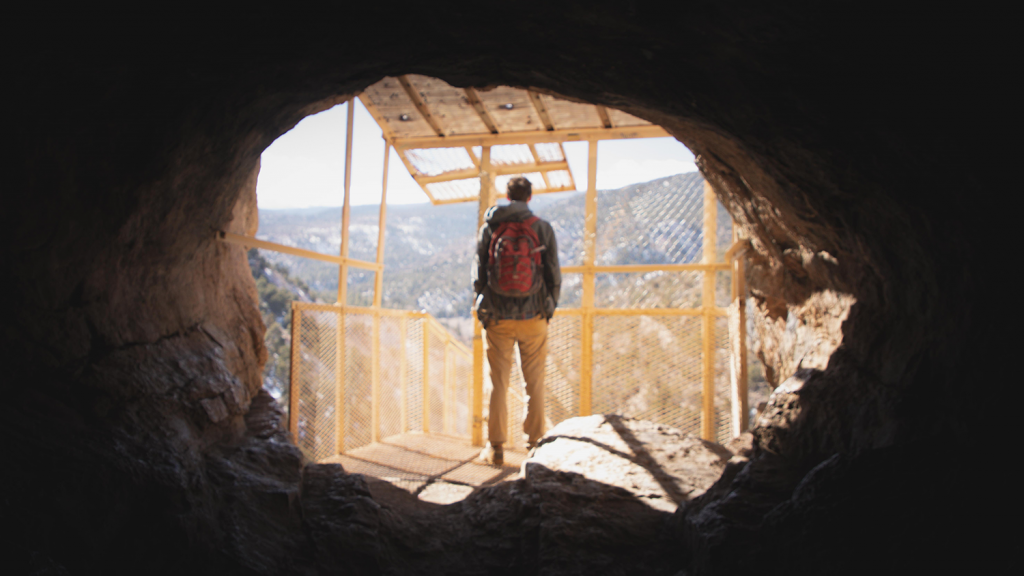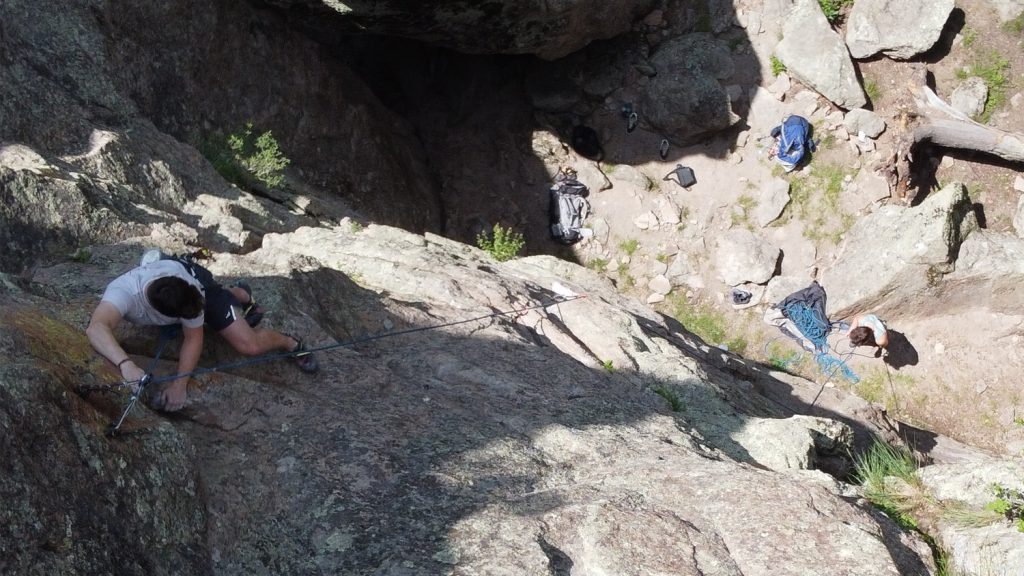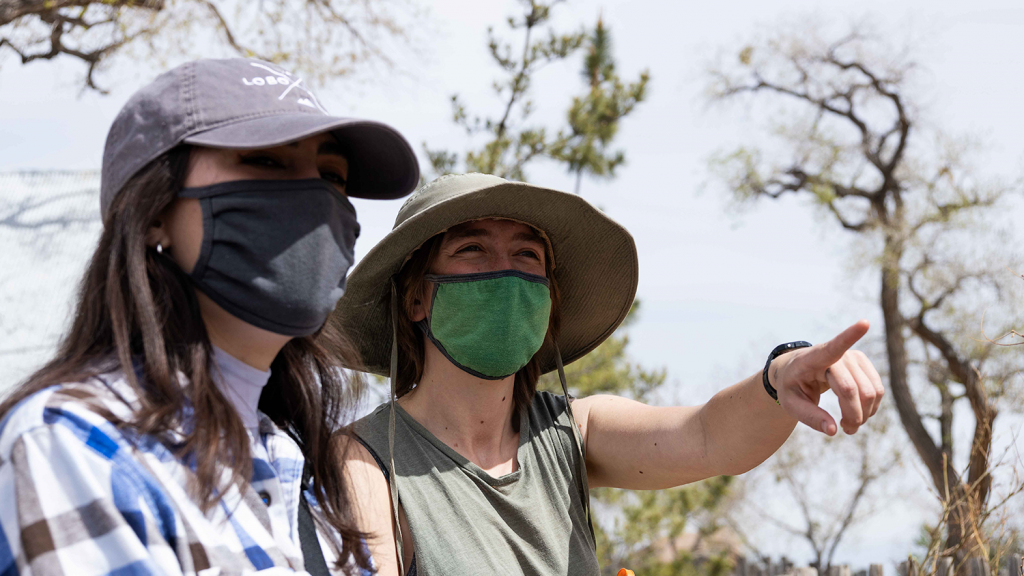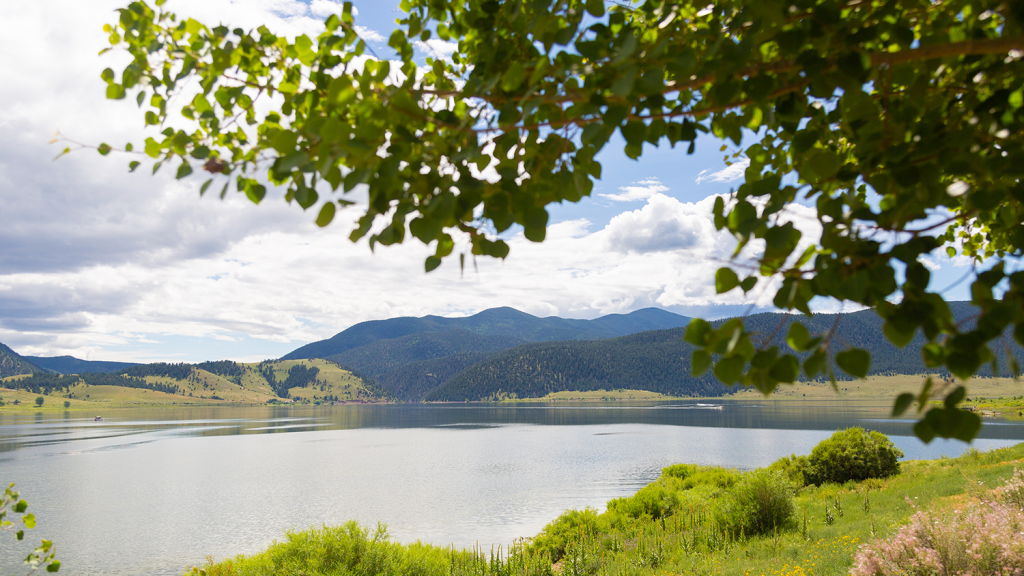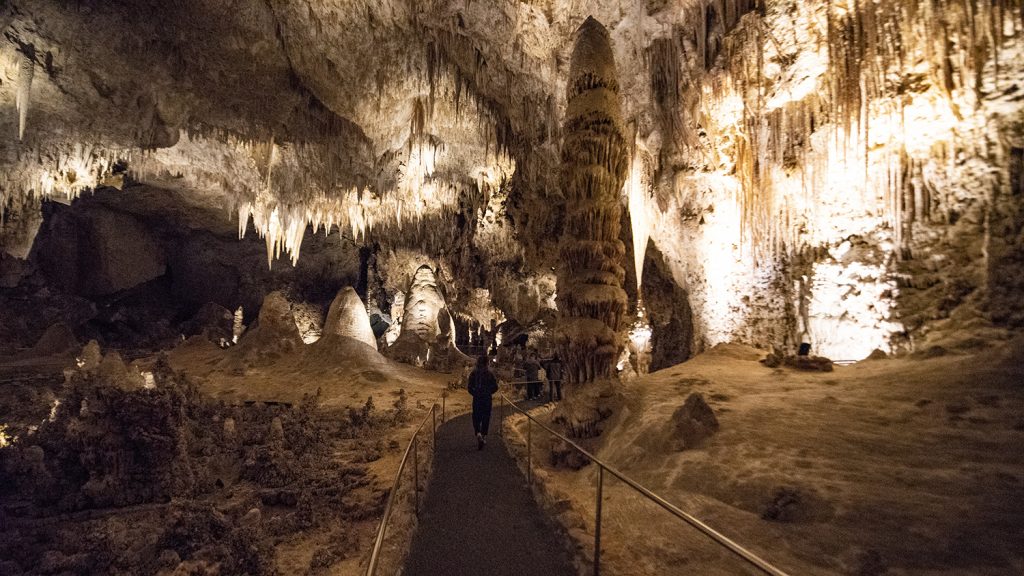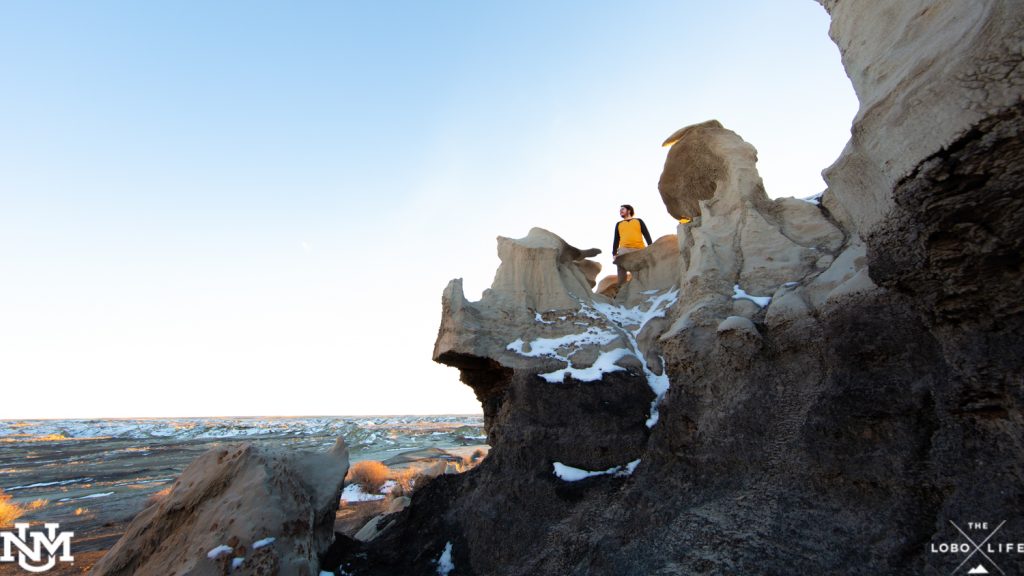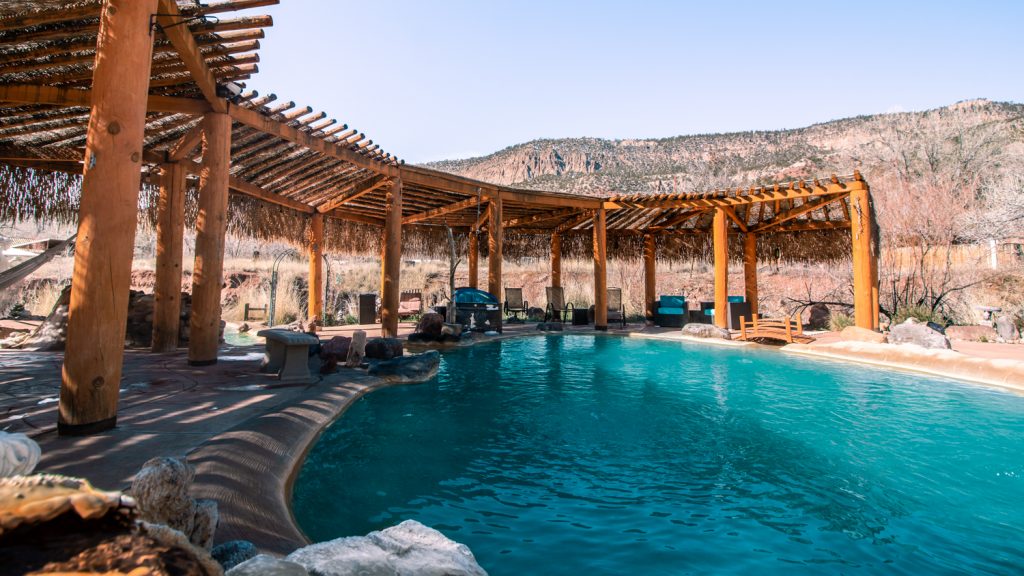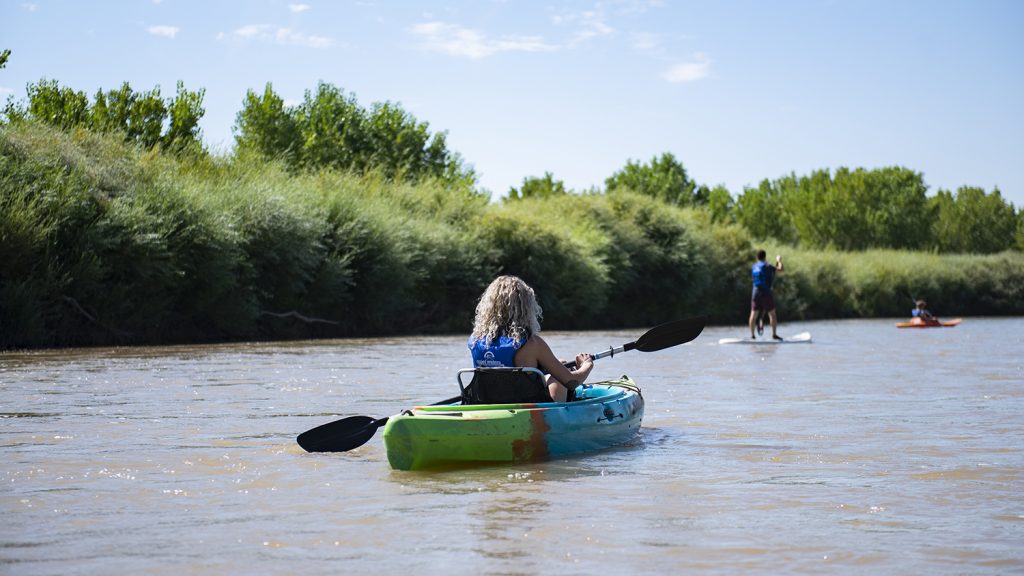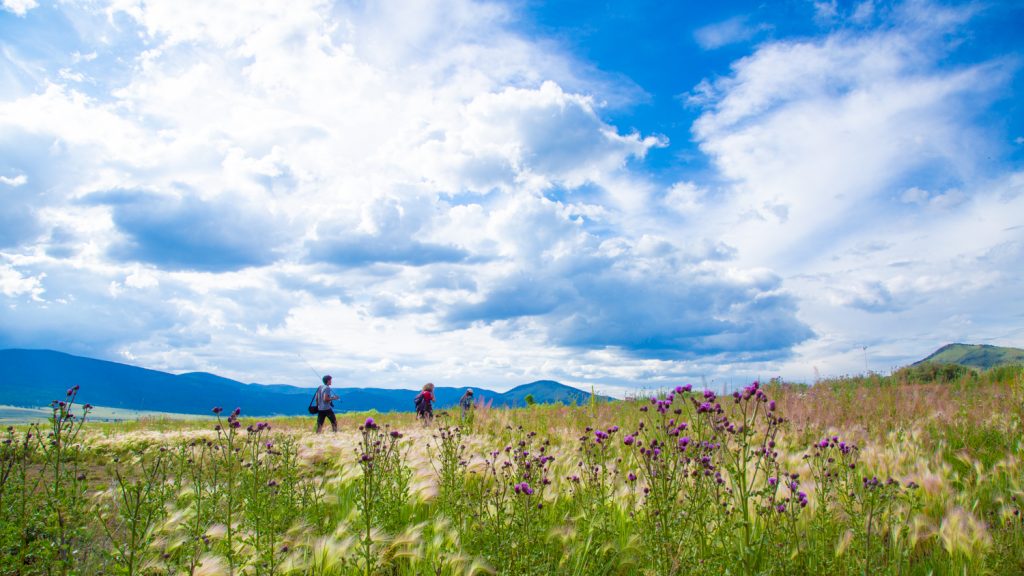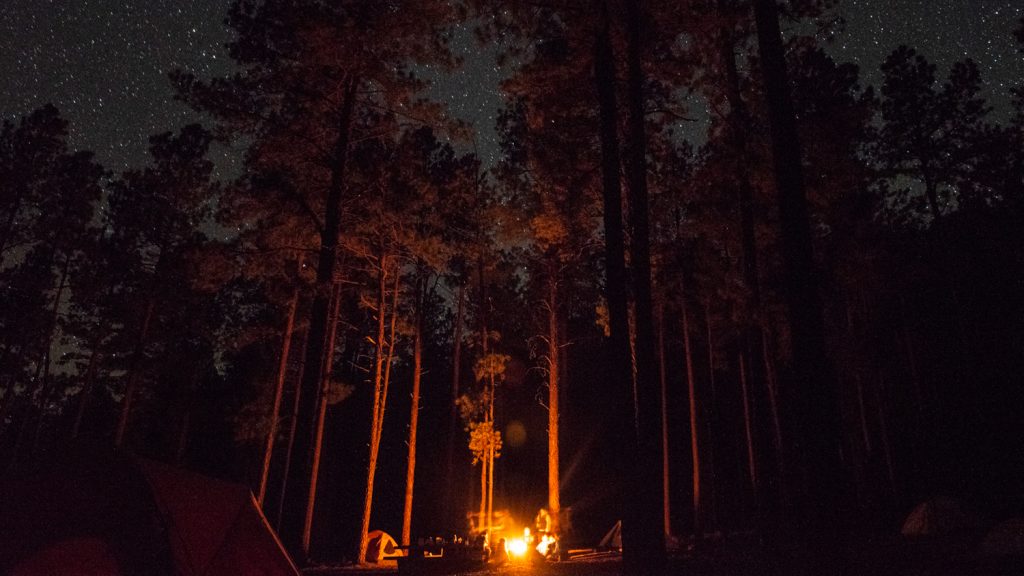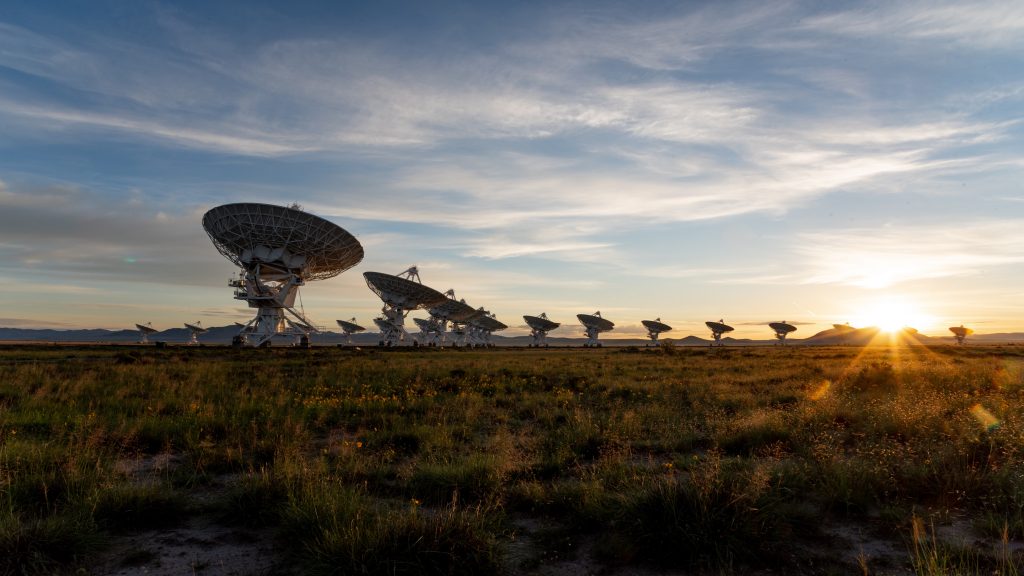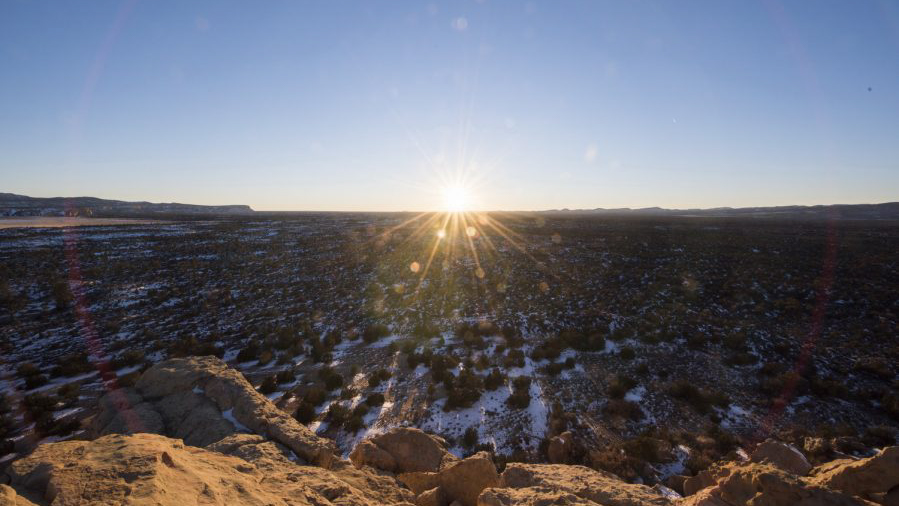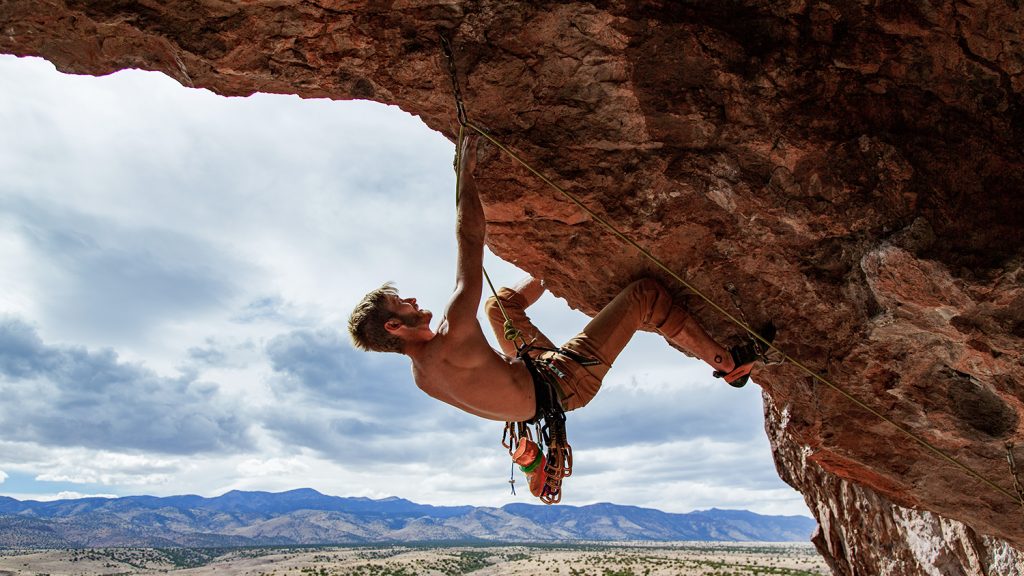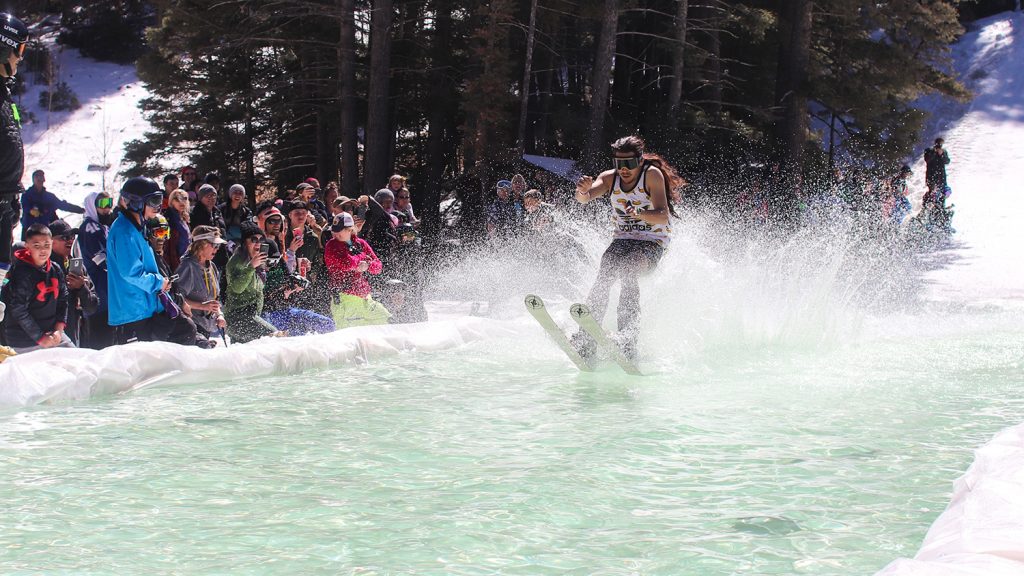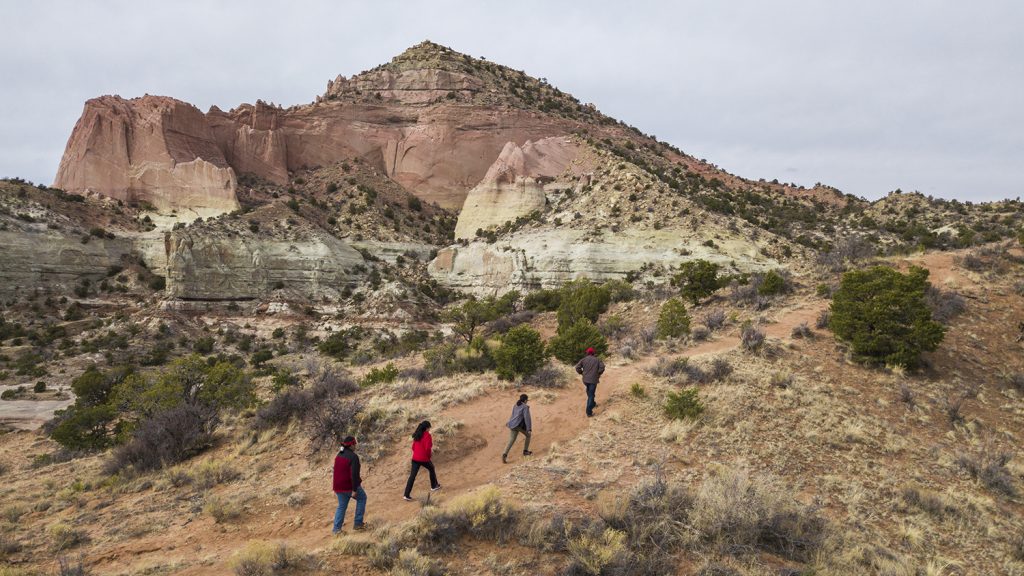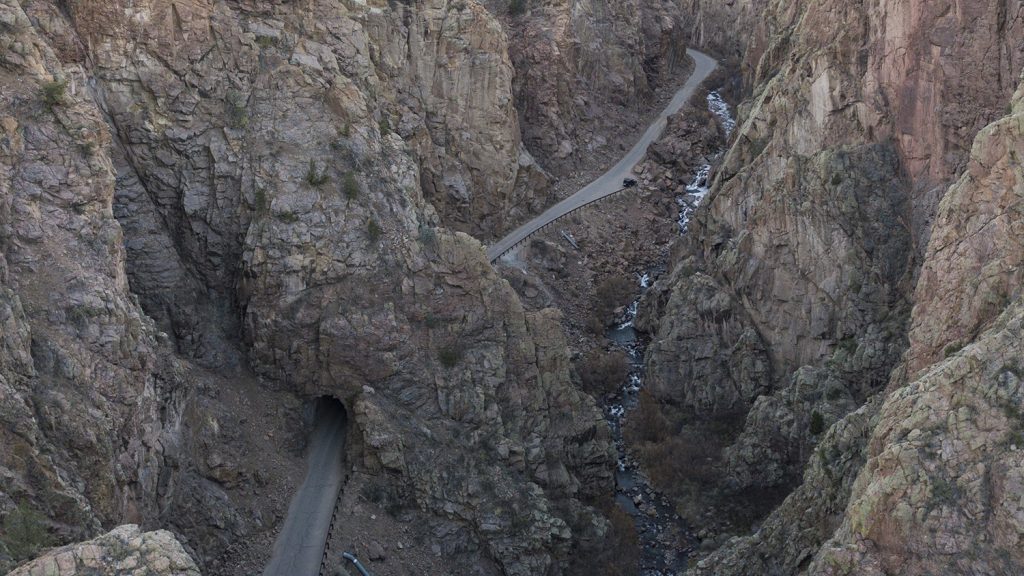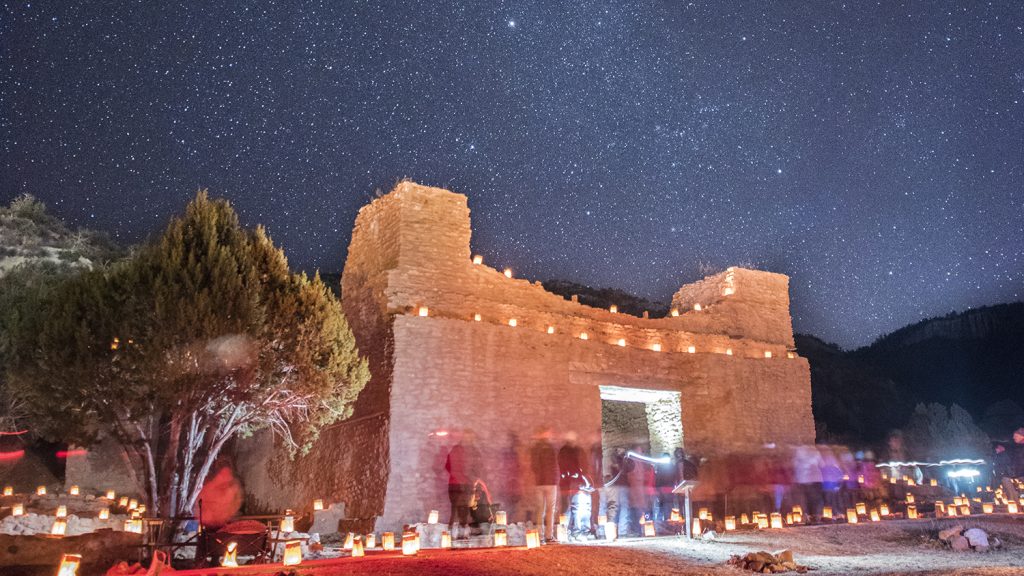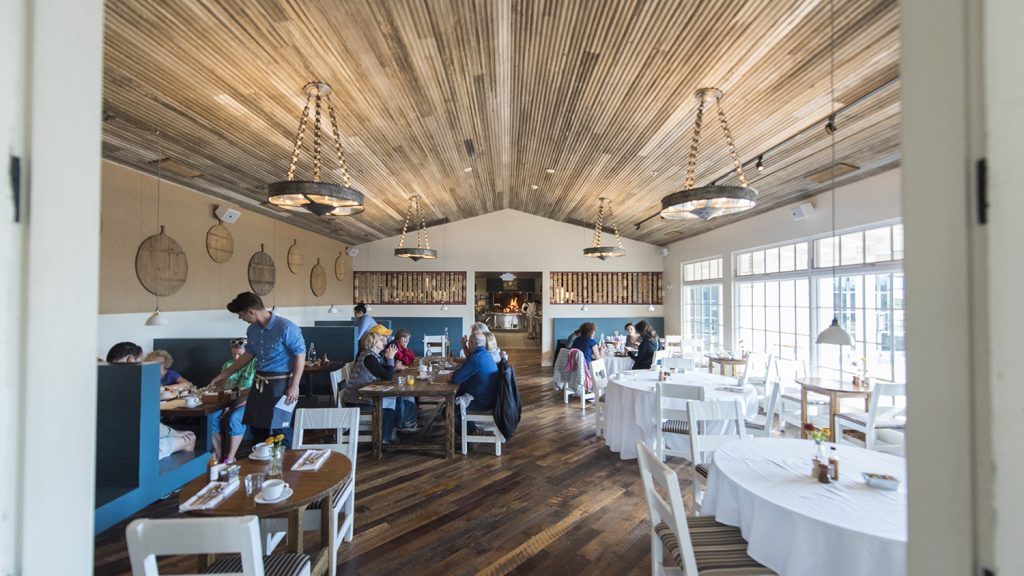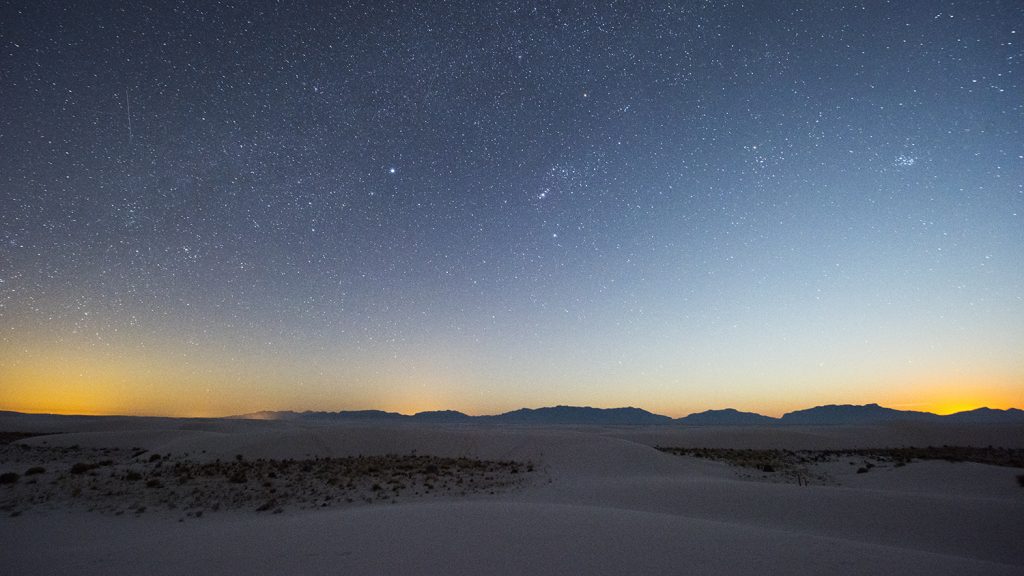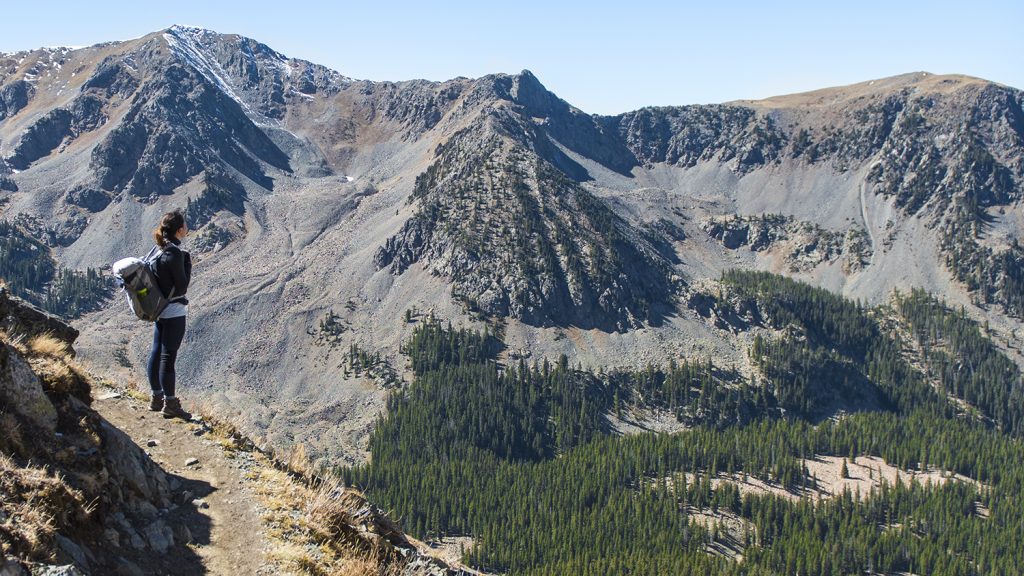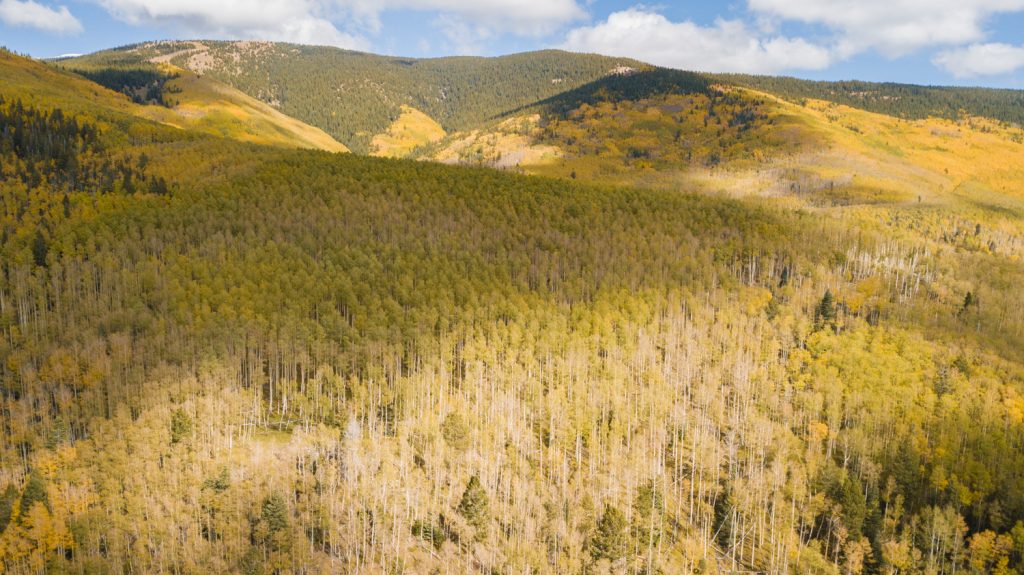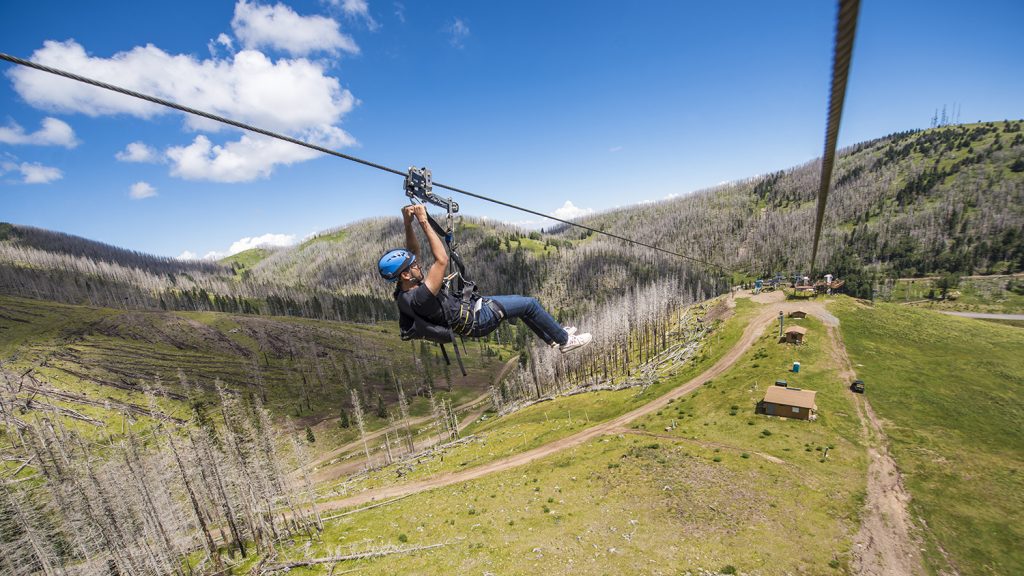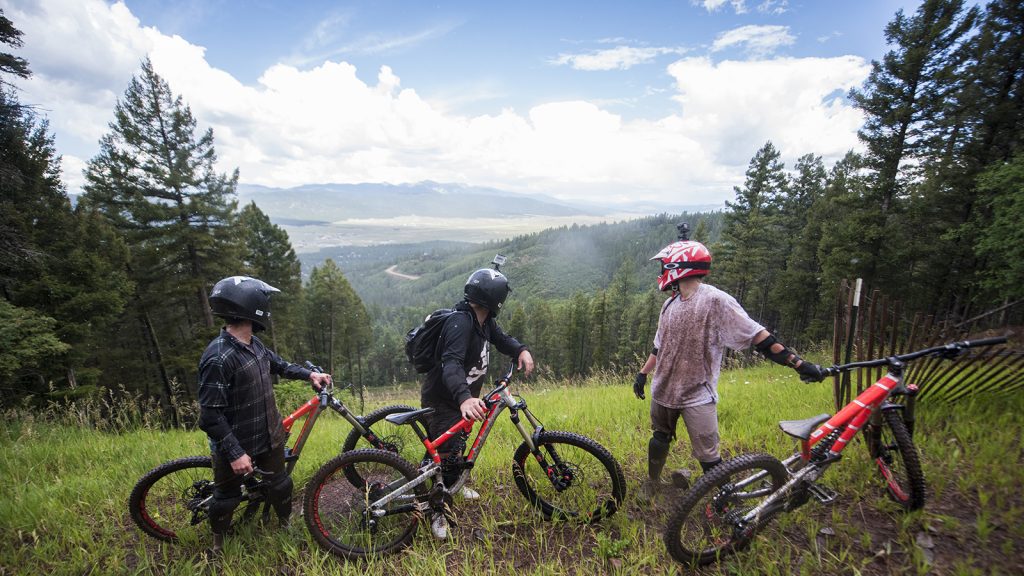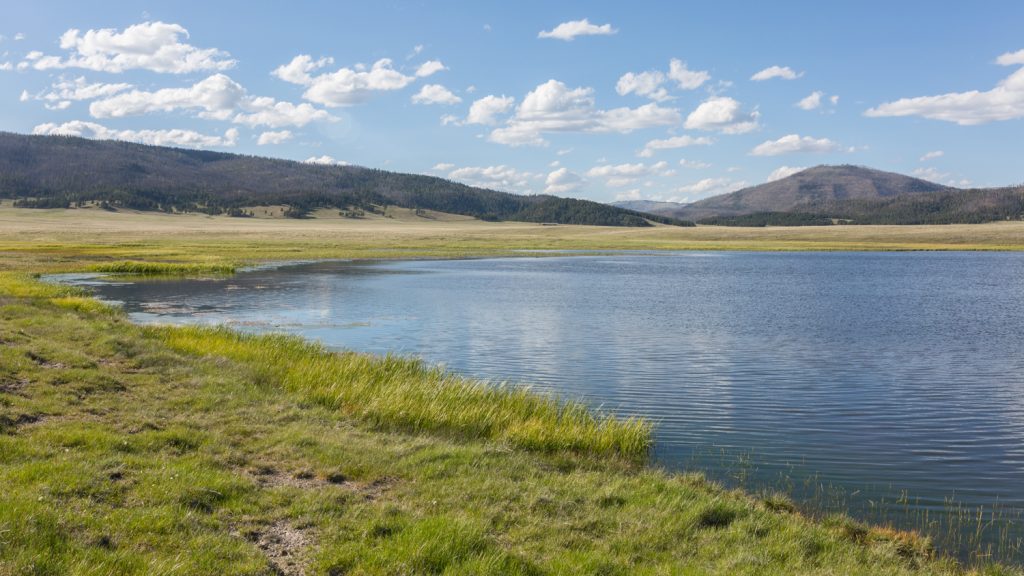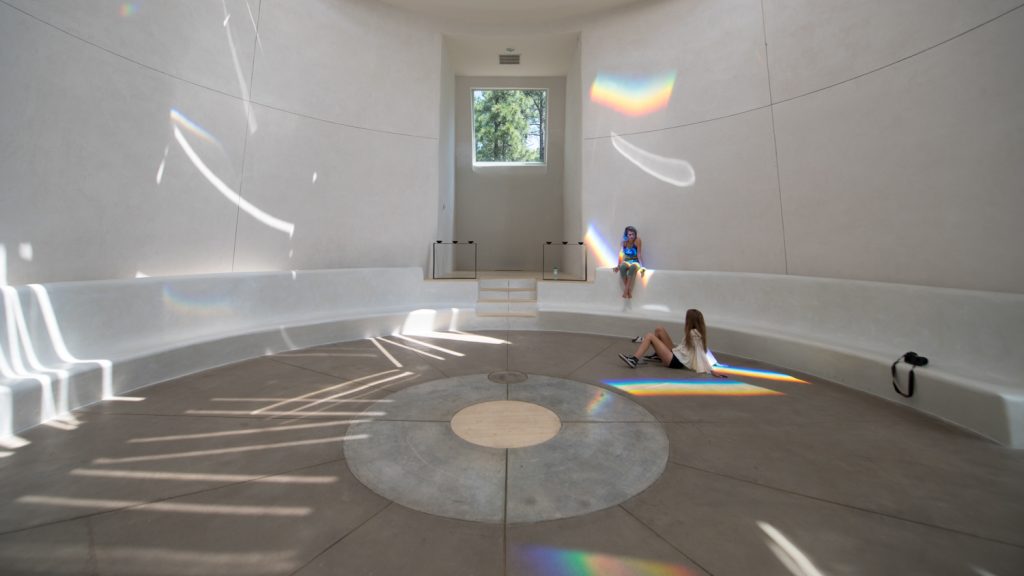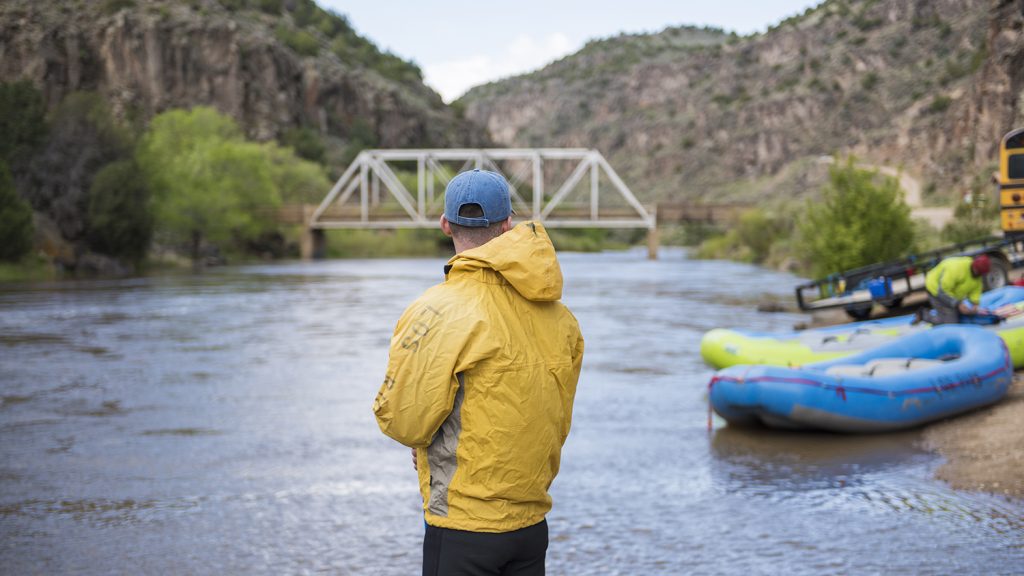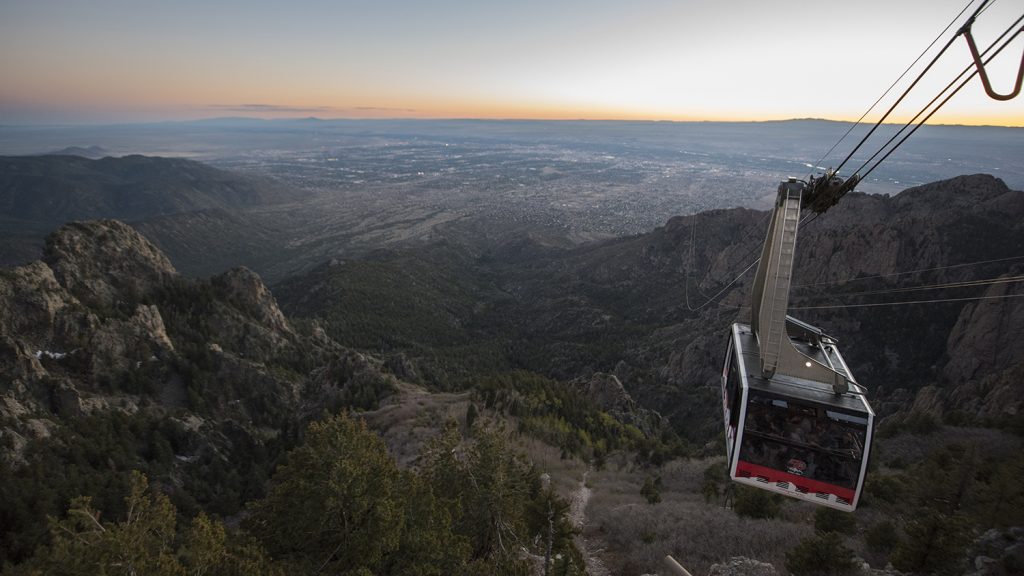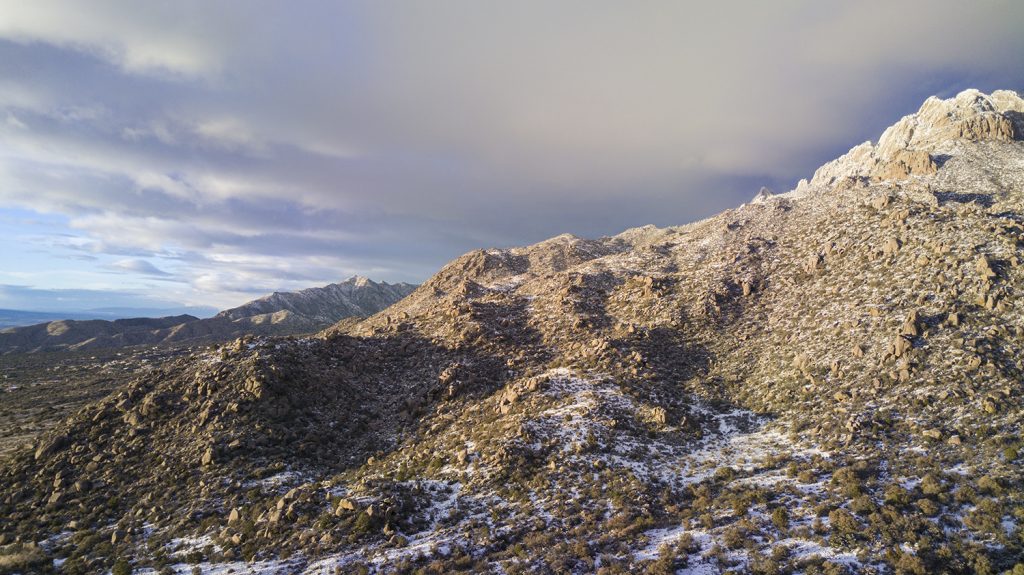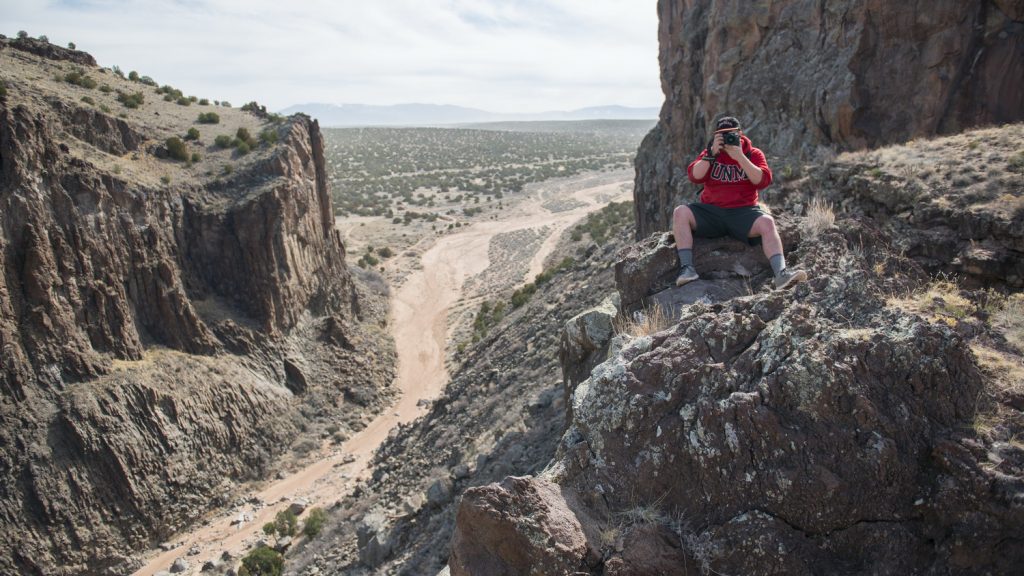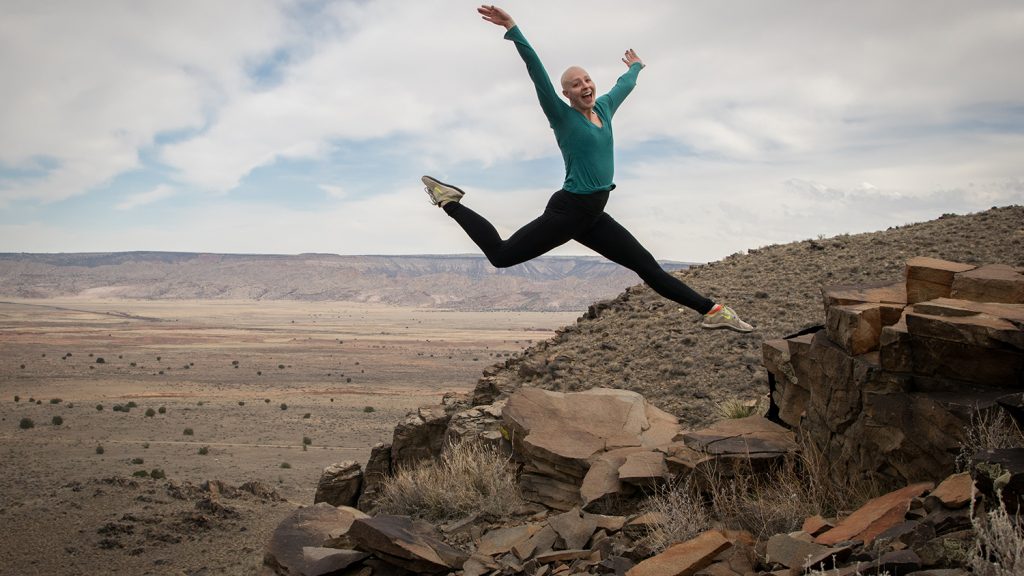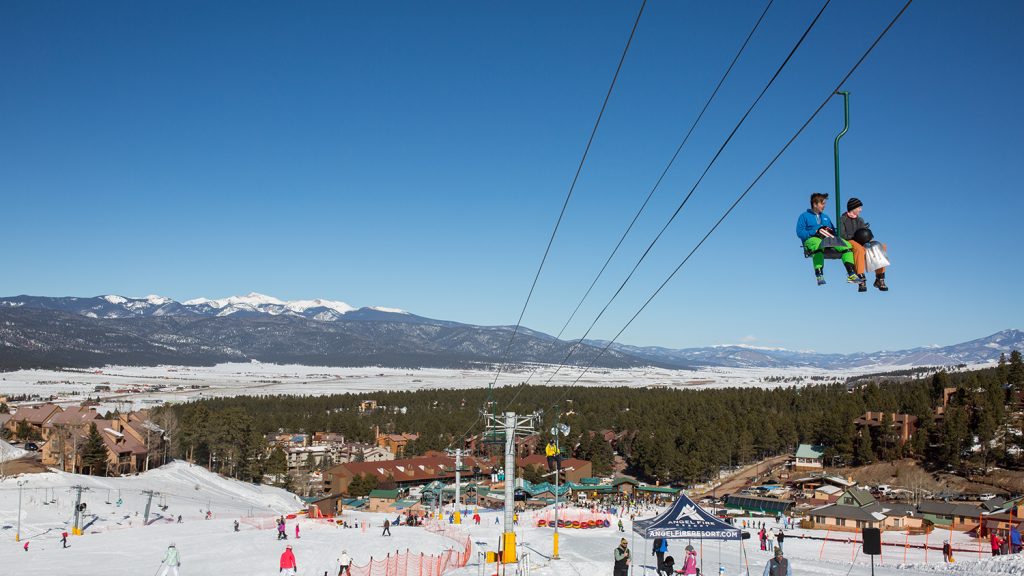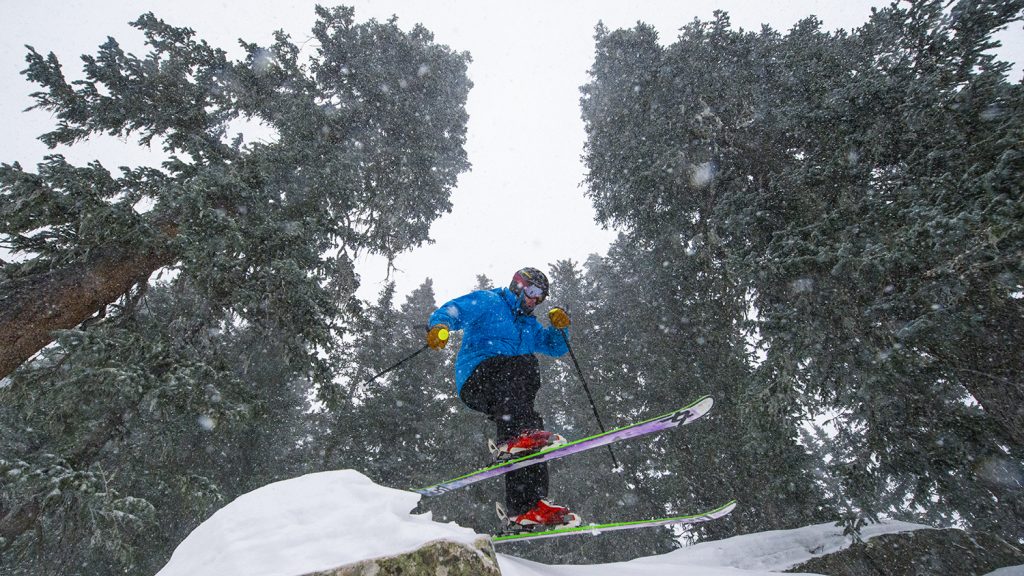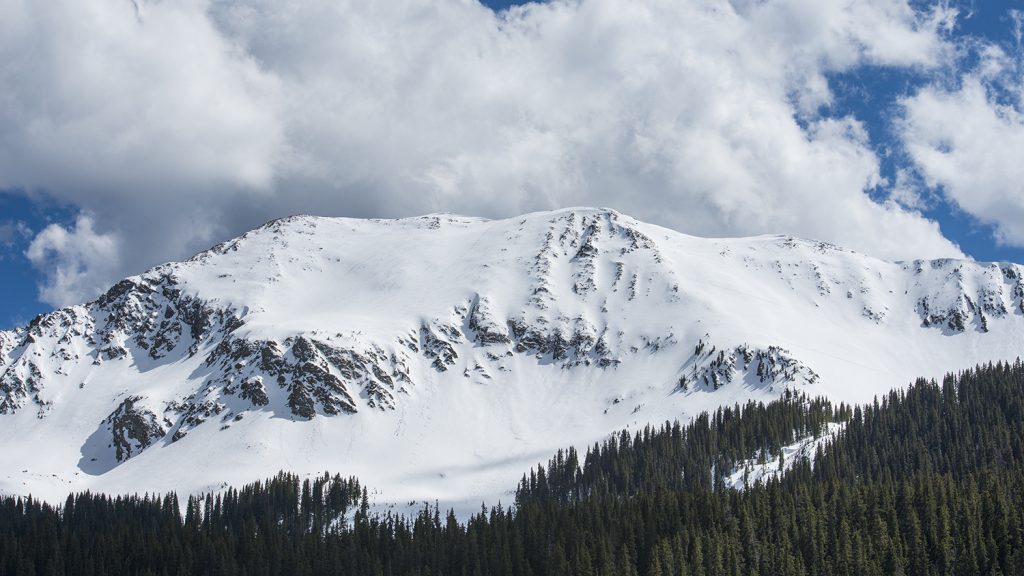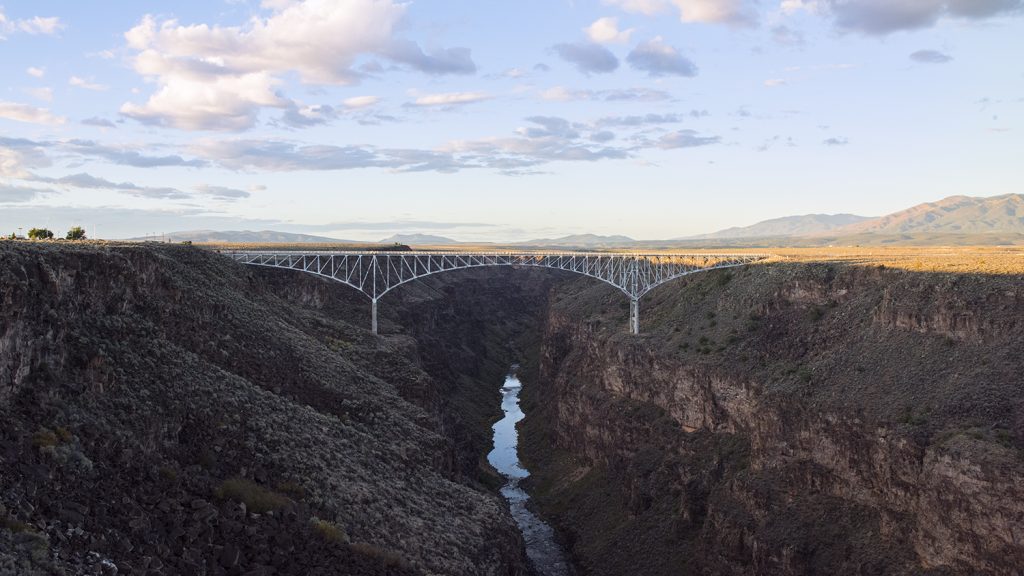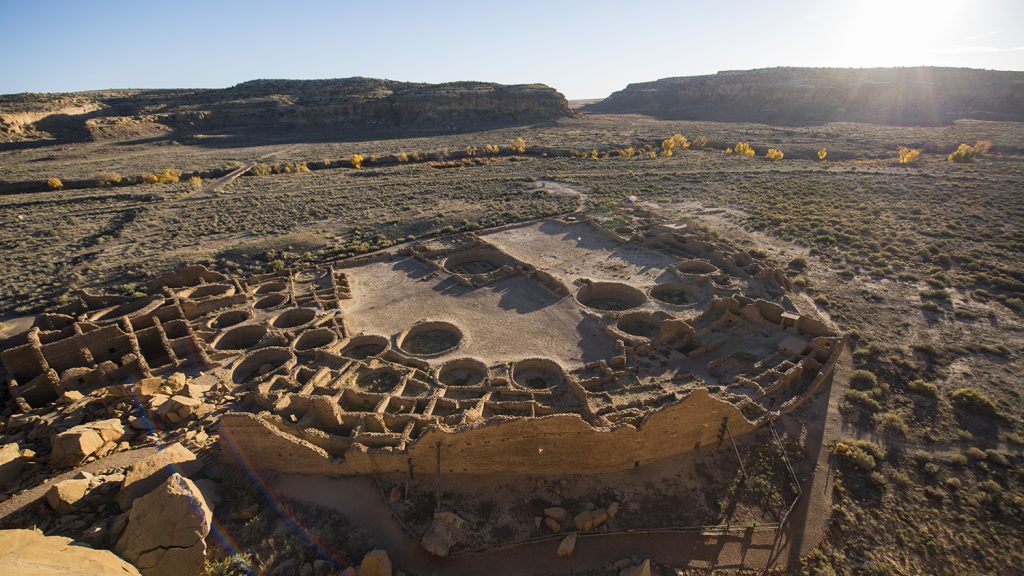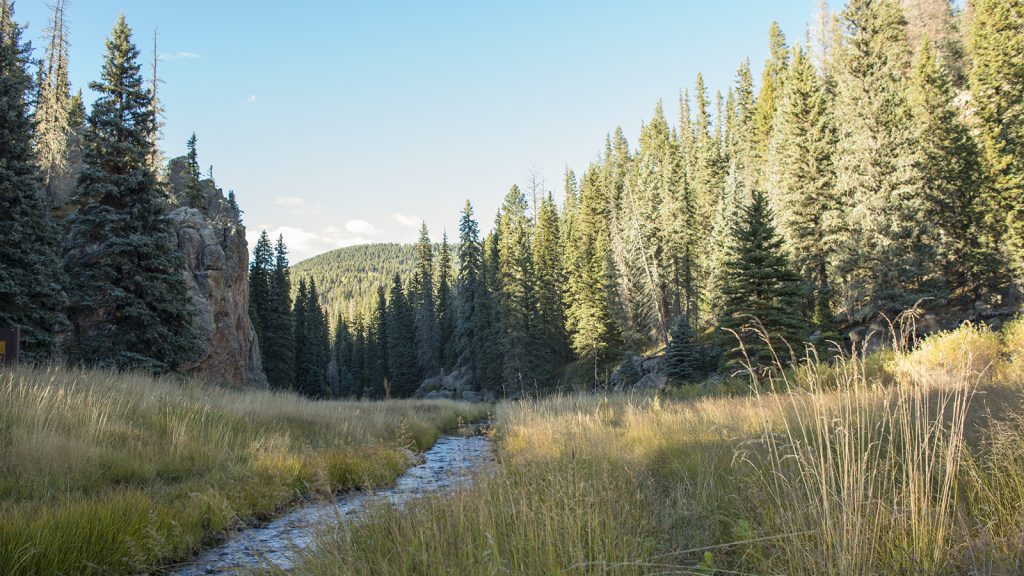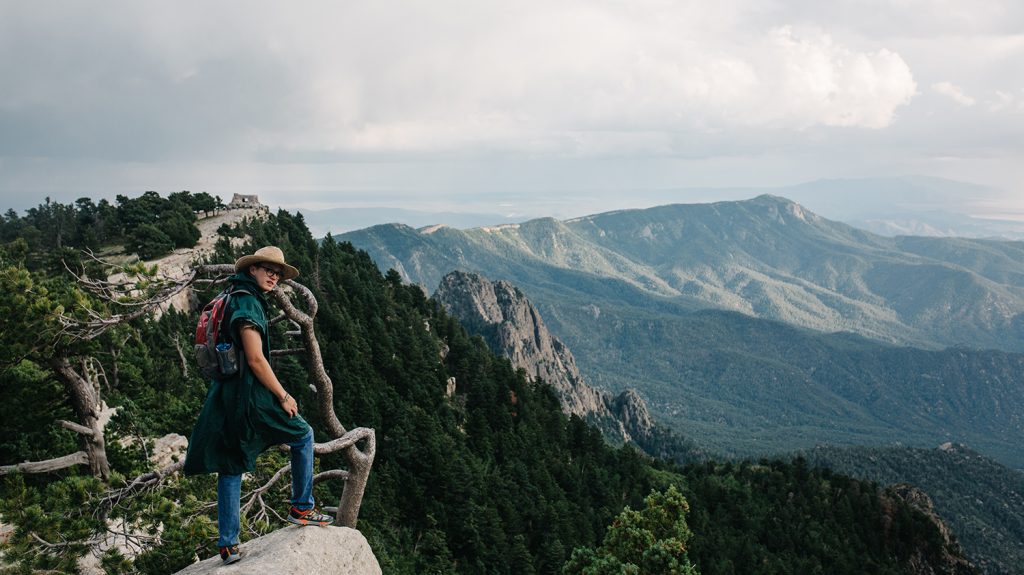Trinity Site
Tuesday, March 15th, 2022 at
8:07 pm
From the history books, students around the world know of New Mexico’s role in the Manhattan Project, and our state continues to have a deep and complex relationship with nuclear engineering today– from our classrooms at the School of Engineering, to the laboratories of Sandia and Los Alamos National Labs. We’re constantly exploring that history to better understand the limits of science and its impacts on humanity. Part of that exploration is knowing what happened just north of White Sands National Park in 1945—an event that changed the course of history in our state and world.
230 miles away from Albuquerque, the Trinity Site is located on White Sands Missile Range, a closed off military testing area. It was here that the first atomic detonation took place on July 16, 1945. Dr. Phillip Morrison, one of the select individuals present for the blast was quoted as saying, “Suddenly, not only was there a bright light but where we were, 10 miles away, there was the heat of the sun on our faces ….. Then, only minutes later, the real sun rose and again you felt the same heat to the face from the sunrise”.
Today—more than 75 years later—the Trinity Site is open to the public only two days a year. After going through a checkpoint at the Missile Range, visitors drive through 30 miles of restricted testing area normally inaccessible to civilians. At the Trinity Site itself, one can view historic photographs of the scientists involved and the explosion – while standing at the exact spot the bomb was detonated nearly four decades ago. Scattered around the area, glassy green rocks can be seen in the dirt. These rocks are actually Trinitite, a safe-to-handle radioactive substance created by the extreme heat of the explosion.
New Mexico bore witness to the birth of nuclear power—a dichotomy of destruction and creation. Now, hundreds of nuclear power facilities exist in the world, providing reliable energy through fission without the production of harmful carbon dioxide. The advantages of this power are celebrated and ever-evolving—but the effects of its discovery continue to linger. A group of people who were living in proximity to the Trinity Site at the time of the explosion call themselves the Trinity Downwinders. Their towns, houses, food, and water were all contaminated by radiation of the explosion. They are still fighting for acknowledgement and compensation from the Government today.
The Trinity Site and test can be traced through history as a fundamental moment in the age of nuclear power and weaponry. Evolutions of the weapons detonated there were eventually used by the United States against Japan in World War II—becoming a controversial anchor point in the end of that conflict. This display of power, at the cost of the lives of hundreds of thousands of Japanese civilians, revealed the destructive power of nuclear technology to the world and ushered in the atomic age—a pandora’s box that will likely never be closed again.
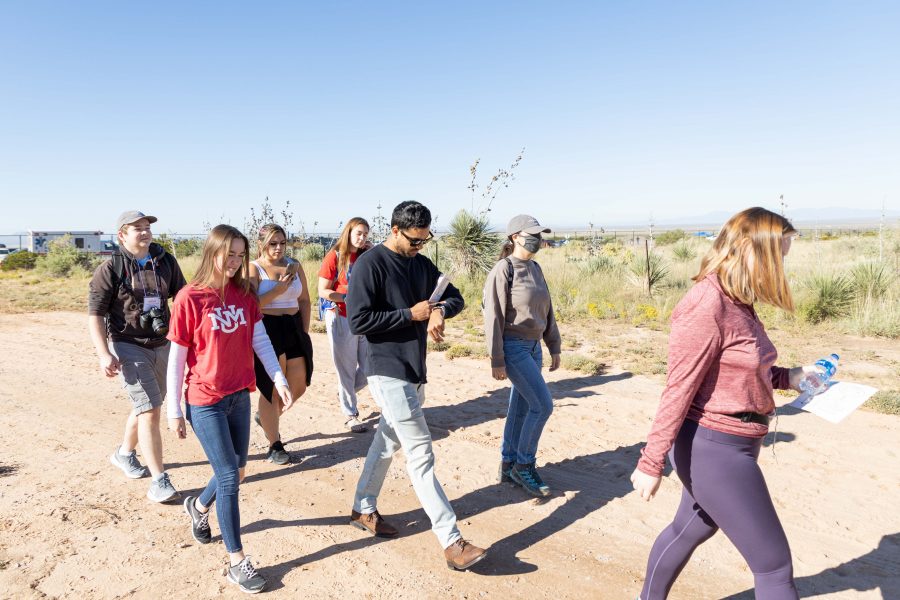

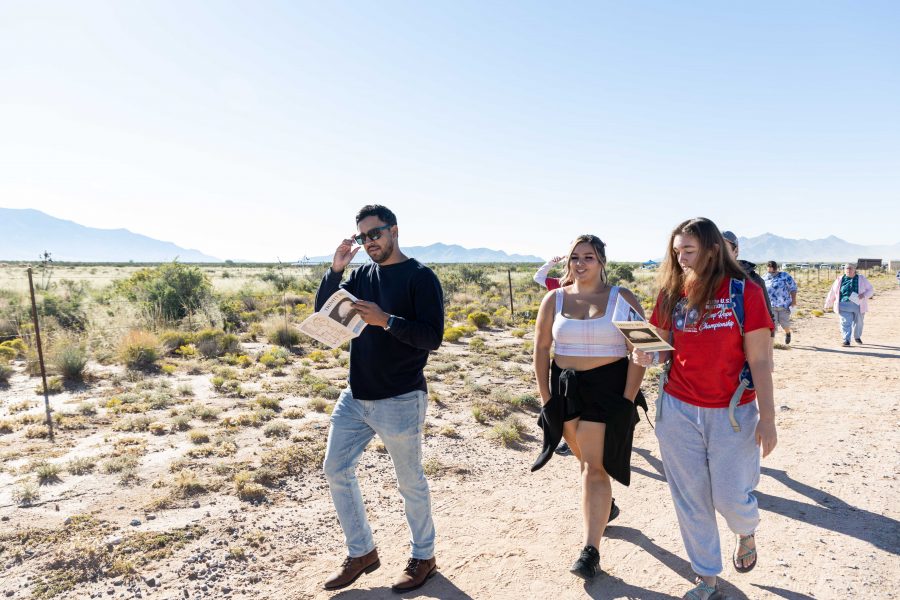
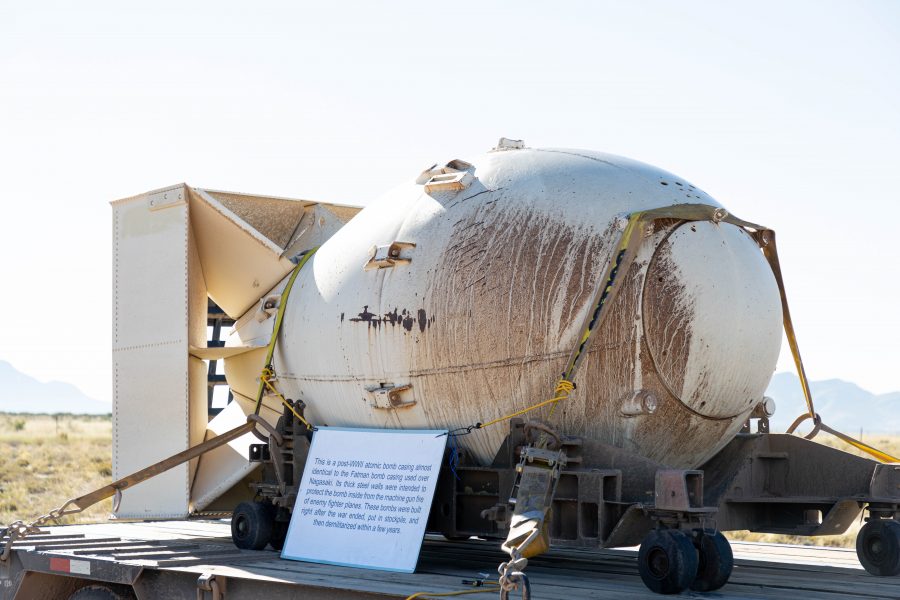
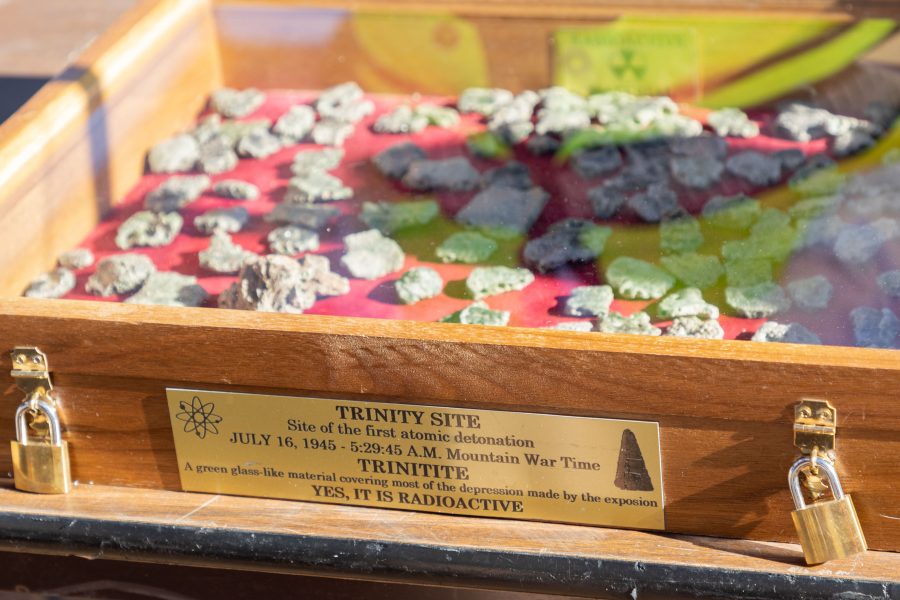
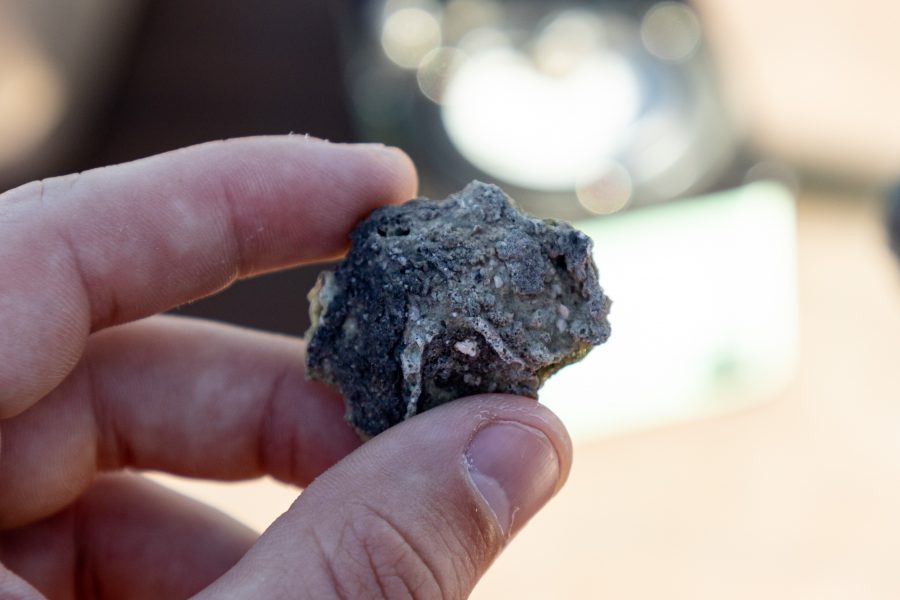

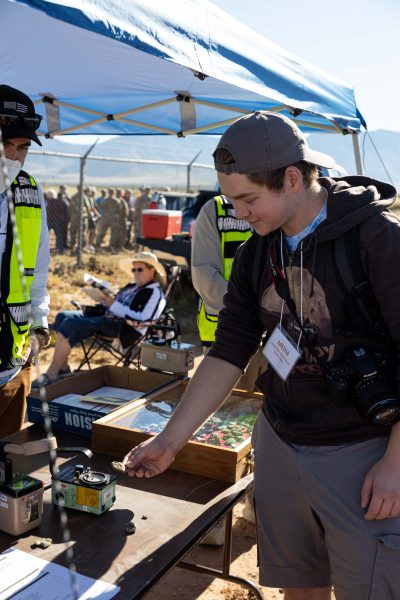
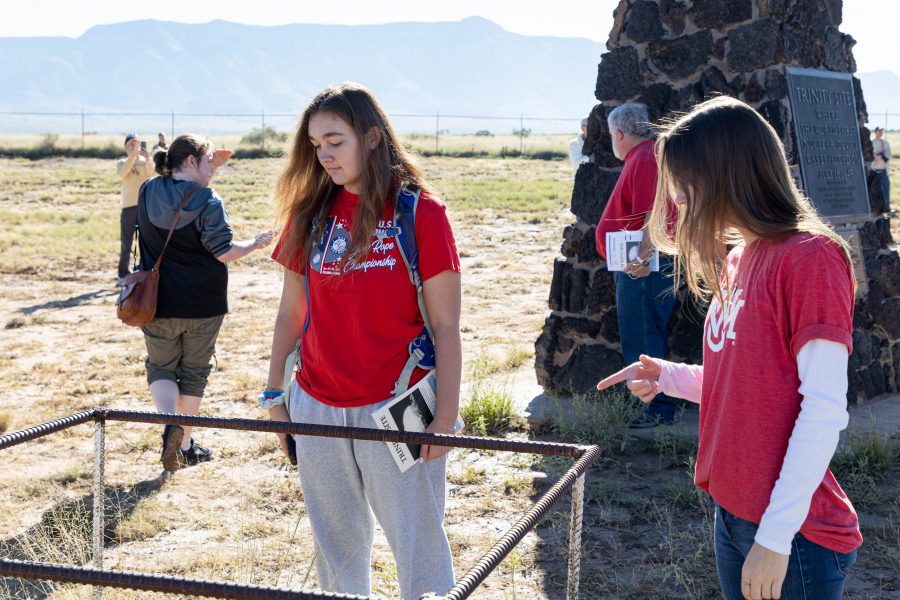
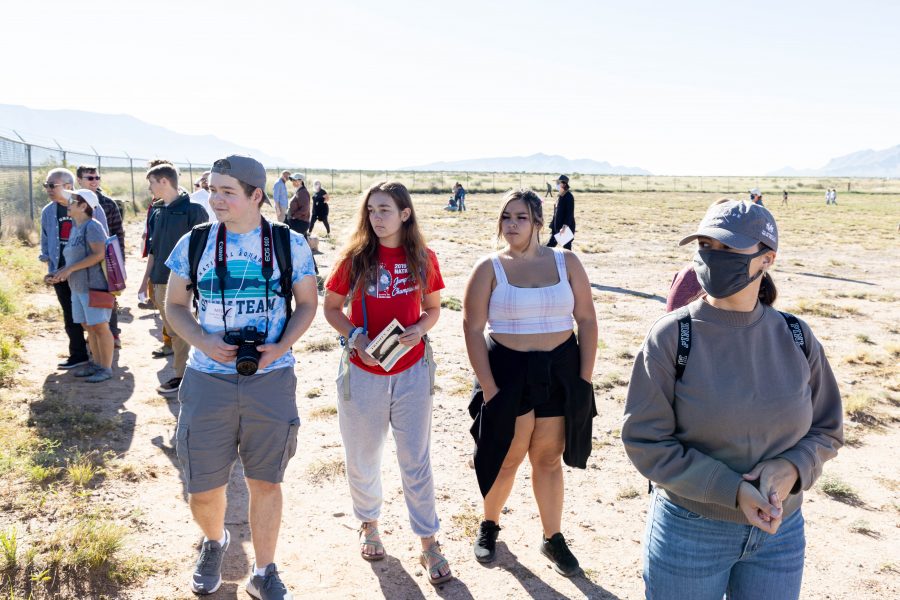
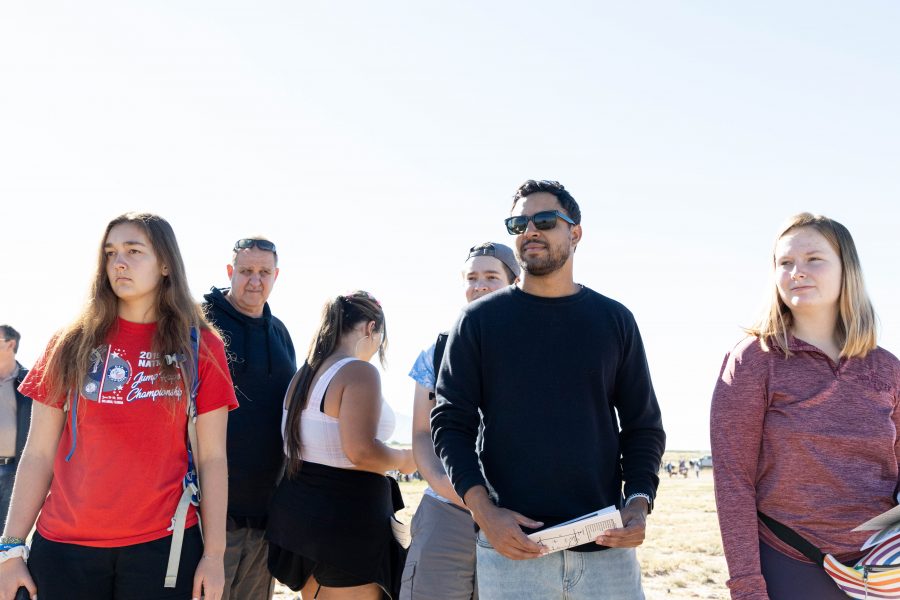
 Trinity Site
Trinity Site


